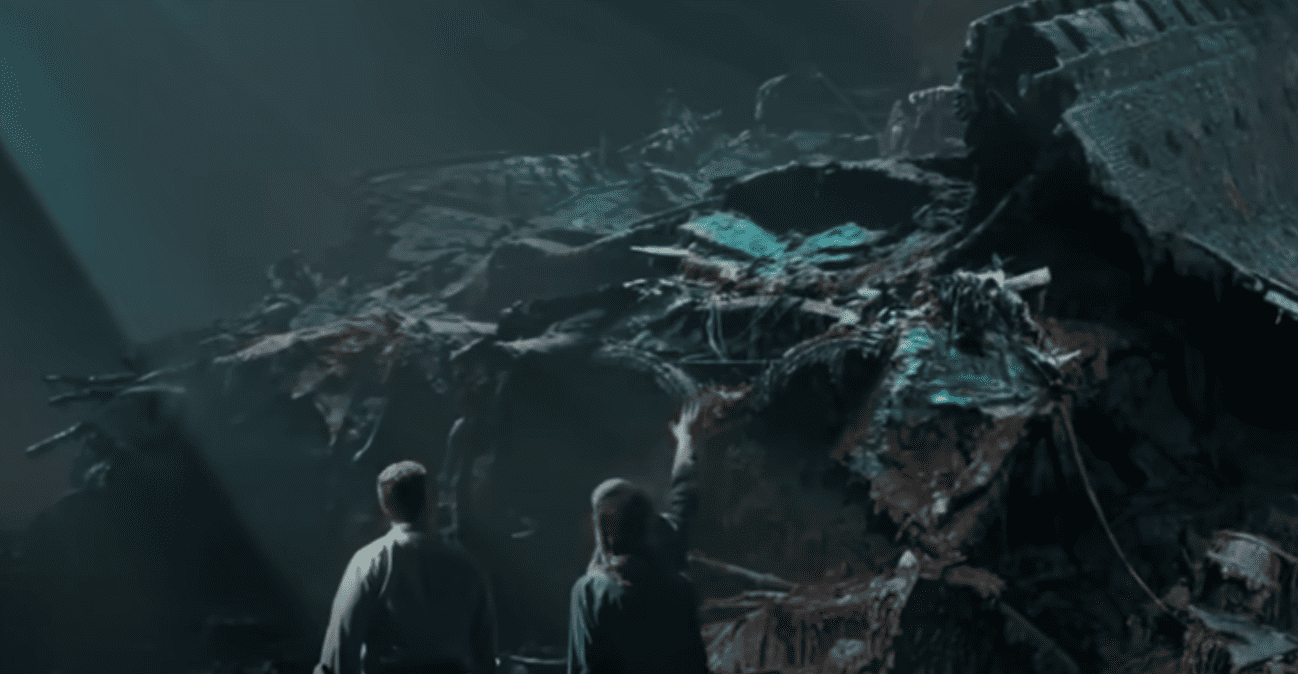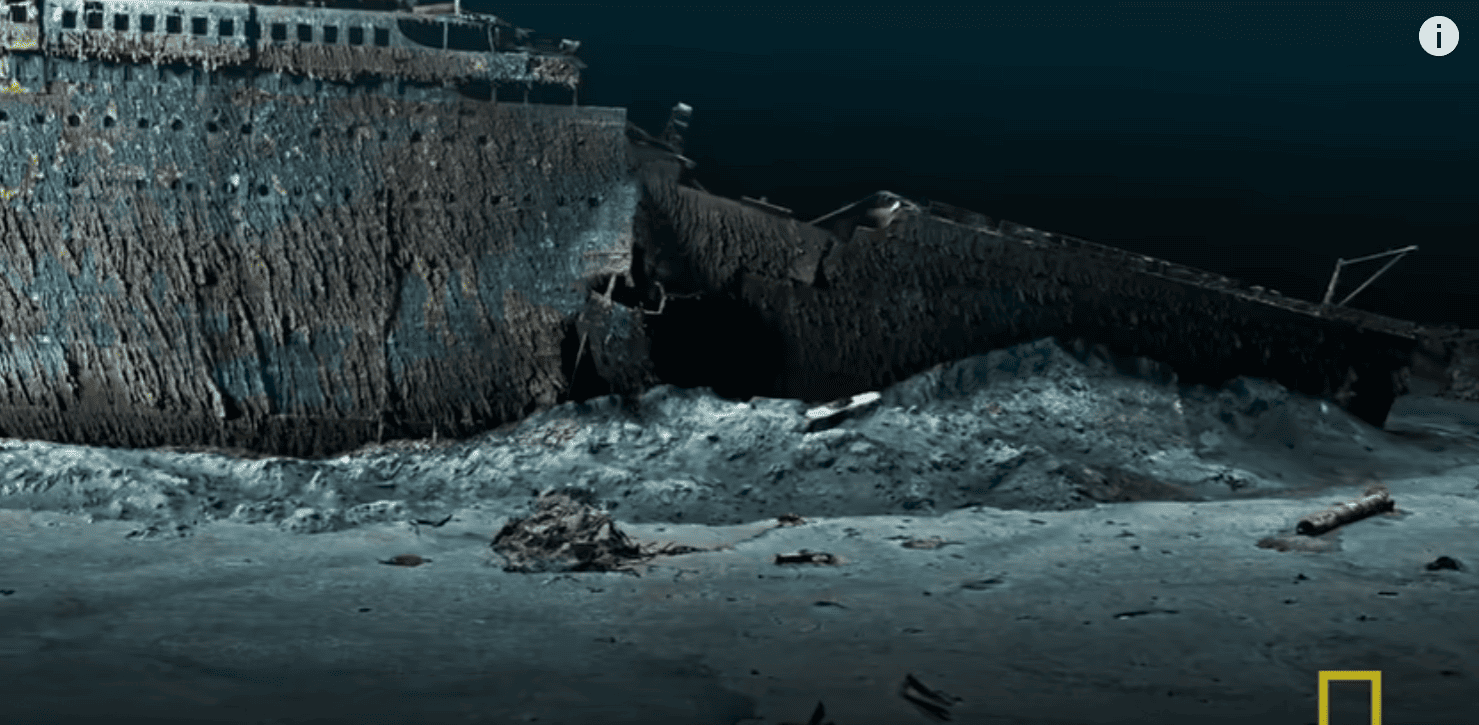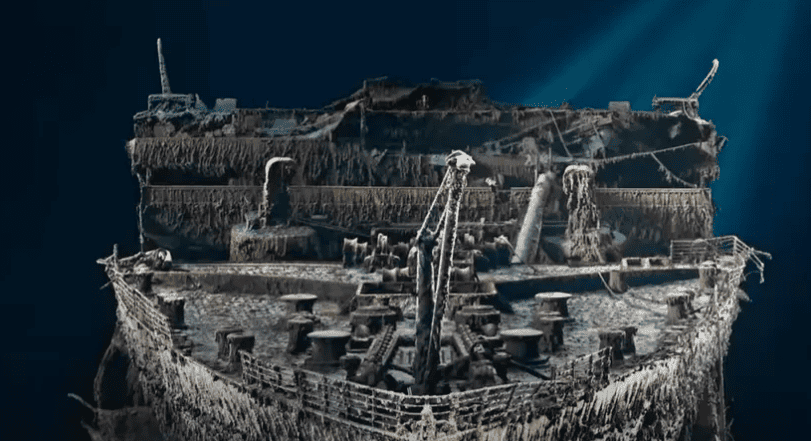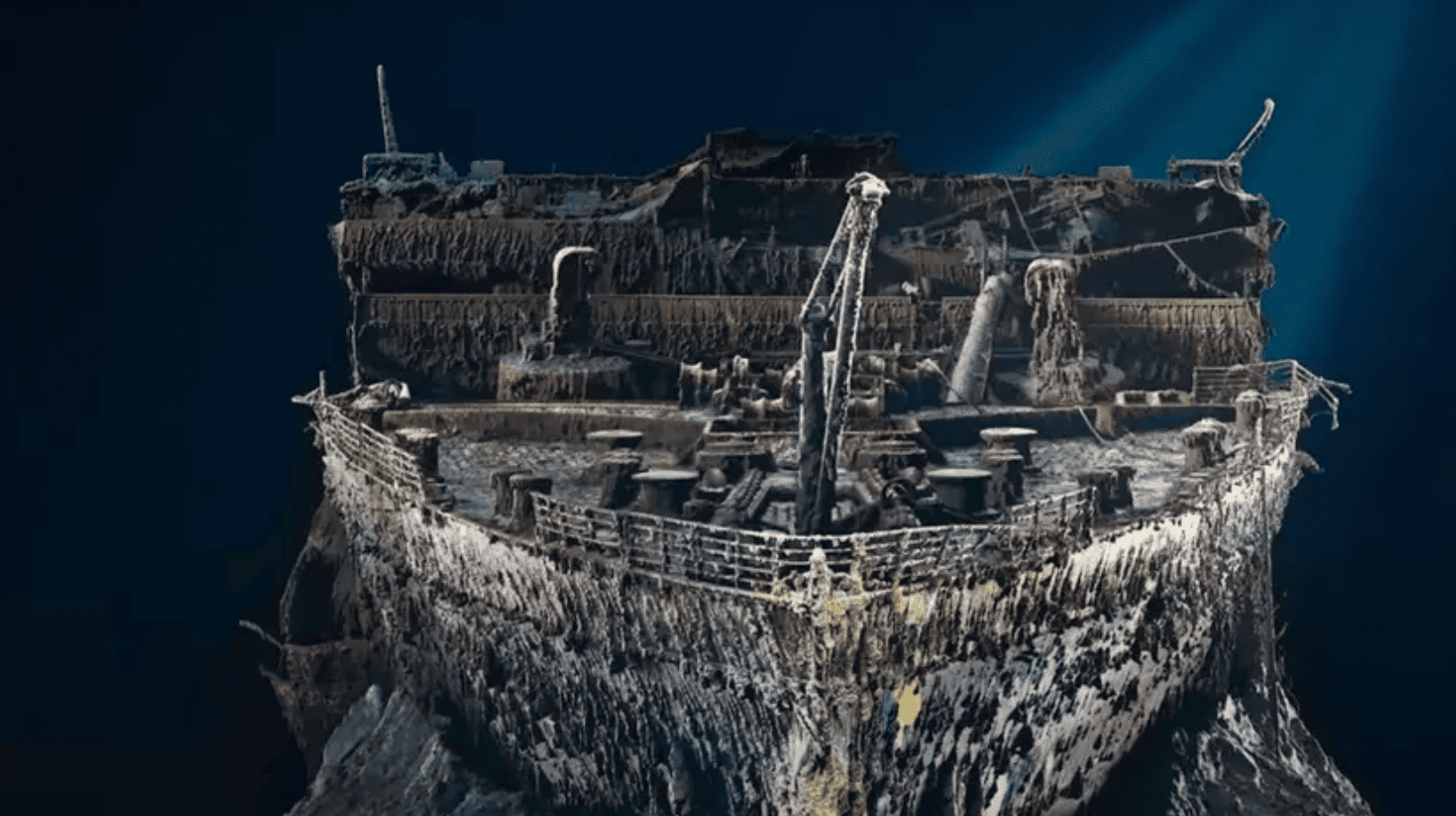Hello!
Cutting-edge 3D scanning technology has provided an unprecedented glimpse into the Titanic’s wreckage.
On April 14, 1912, the RMS Titanic sank in the North Atlantic Ocean, just four days into its maiden voyage from Southampton, England, to New York, USA.
 Carrying approximately 2,224 passengers and crew, the ship hit an iceberg at 11:40 p.m. and sank to its final resting place 12,500 feet beneath the surface.
Carrying approximately 2,224 passengers and crew, the ship hit an iceberg at 11:40 p.m. and sank to its final resting place 12,500 feet beneath the surface.
More than a century later, while discoveries like dishes, shoes, and furniture have surfaced, many secrets of the disaster remained hidden—until now.
National Geographic and Atlantic Productions collaborated on a new documentary, "Titanic: The Digital Resurrection", showcasing scans of the wreck that enabled the creation of a precise digital twin.
How the 3D Scans Were Conducted and Used to Create a Digital Replica
National Geographic’s trailer for Titanic: The Digital Resurrection highlights the challenge of exploring the Titanic, noting, “Many expeditions have ventured to the Titanic, but it’s pitch black down there.”
The documentary describes the resulting digital twin as “the most impactful development since the wreck was discovered,” with a voice proclaiming, “This is a view I’ve never had before.”
So, how was this digital twin created?
In 2022, over three weeks, Magellan, a deep-sea mapping company based in the Channel Islands, deployed two remotely operated underwater robots — aptly named Romeo and Juliet — to the Atlantic Ocean floor. These robots navigated the Titanic’s wreckage, capturing images and data.
They collected approximately 715,000 images and laser measurements, which National Geographic calls “the largest underwater 3D scan ever made,” generating 16 terabytes of data — equivalent to the storage needed for six million e-books.
Using advanced computer mapping technology, these images were processed to construct a precise 3D digital model of the ship, revealing new details about the Titanic’s fate.
What Did the Model Reveal?
You didn’t ask for specifics on the findings, but I can summarize briefly or dive deeper if you’d like. The scans clarified the ship’s violent breakup, confirmed the engineers’ heroic efforts to keep the lights on, showed small but fatal hull punctures, and supported accounts of First Officer William Murdoch’s actions during the evacuation. Let me know if you want more on this or prefer to explore another aspect!

You can see the 'full-scale digital twin' in Titanic: The Digital Resurrection (YouTube/ National Geographic)
New Details Uncovered by the 3D Scans
National Geographic describes the 3D model as “densely detailed,” with a video rendering projected life-size onto a warehouse wall, enabling researchers to virtually walk alongside the Titanic and zoom in on specific features.
The scans allowed closer examination of elements like a steam valve in the boiler room, shown to be open, suggesting it was deliberately left that way to power an emergency generator as the ship sank.
The model confirmed the Titanic lies in two pieces, with the bow and stern separated by about 2,600 feet on the ocean floor.
Additionally, the scans shed light on the stern’s condition, previously a mystery. While researchers couldn’t definitively explain its destruction, the detailed imagery revealed the extent of its shattering, offering clues to the violent forces at play during the sinking.
If you want me to dig deeper into any of these findings or connect this back to something else, just let me know!

The 3D scanning has uncovered new details (YouTube/ National Geographic)
The 3D scan showed the Titanic’s hull “descended in a straight line and remains largely intact,” indicating the bow is neatly embedded in the ocean floor.
Retired naval officer and Titanic historian Parks Stephenson, analyzing the scan, proposed that “the back half of the ship spiraled as it sank,” causing the stern to shatter and “disintegrate into rubble.”
National Geographic noted, “The Titanic twin joins a growing collection of digital models of archaeological and cultural sites worldwide, preserving these fragile locations while offering new ways to explore them.”
Stephenson concluded, “Titanic is the last surviving eyewitness to the disaster, and she still has stories to tell.”
If you’d like to explore more details, connect this to another topic, or pivot elsewhere, just say the word!
Thank you!






